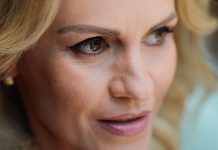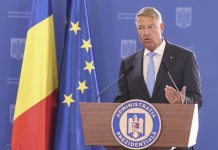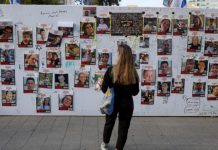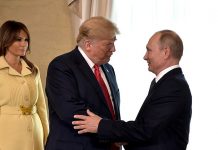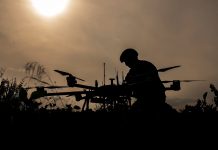When I worked at the Associated Press, a photographer in the Middle East was fired after he intentionally blackened smoke from a bombing explosion—i.e he manipulated the image to make the attack look worse.
Harsh, but fair enough you might say. This week, the British royal family was involved in a similar photoshop debacle, only the image that was digitally manipulated was a family portrait of the Princess of Wales and her three children.
An apparently innocuous image of Kate, who’s recovering from stomach surgery surrounded by her children descended into chaos as the world’s major news agencies began pulling the photo due to suspicions of manipulation.
The internet has been divided. Some people say it’s another reason not to trust the royal family while others think we should “Leave her alone. All she did is what people do every day with their photos. It’s harmless.”
I believe the Princess of Wales was right to quickly own up the very next day and apologize. Yet her digital manipulation was anything but harmless.
The world’s major photo agencies did not take lightly the decision to kill the photo. Why did they do it? It is because it is against their rules to publish a digitally altered image and they take that rule very seriously. It’s a sackable offense for a photographer to alter an image and try and pull the wool over the public eyes. It’s a question of credibility and reputation—something the British Royal Family like serious news agencies needs to survive.
Last week, I attended a course on disinformation in Bucharest hosted by the British Embassy and run by Beyond Broadcasting, a company set up by three ex-BBC journalists with a vast experience of world affairs. A lot of the course was about the digital side of the dark art. And to show how serious this is for journalists, the course then carries on for three weeks online.
The presenters showed us an image of former President Donald Trump standing in a group of blacks. Everyone was happy and smiling. That’s good, nice image. Only the picture was doctored, totally false. We were taught how to spot fakes and given the tools to unravel digital lies.
You see misinformation (when a journalist or someone else inadvertently publishes false information) and its darker cousin disinformation (when the aim is to deceive) can be weapons of war. Russia, in particular, is spectacularly good at this skullduggery.
The good news about the Royal Family photoshop debacle is they probably won’t do it again, and that’s good for the family, trust in the media and ultimately democracy. Lesson learned. Ultimately I think they can win back trust.
Maybe the public, too, can also learn something. It would be good if schools could teach media literacy so that Joe public can understand that the hapless pastime of altering a picture is the thin end of the wedge. It can descend into misinformation or disinformation, dangers to our society that relies on trust to survive.
A war on many fronts. Unpicking disinformation about Ukraine and other conflicts








